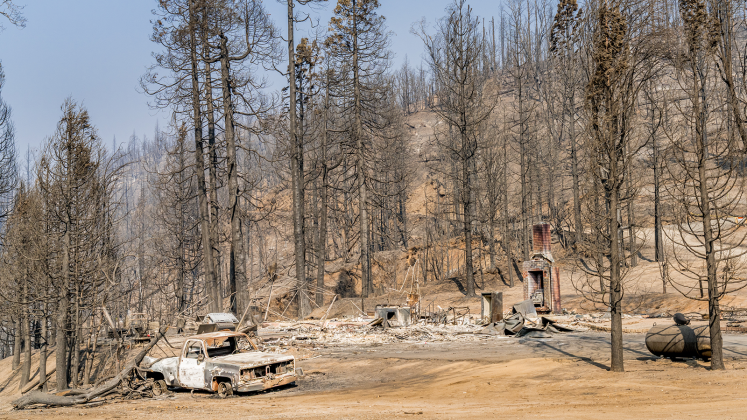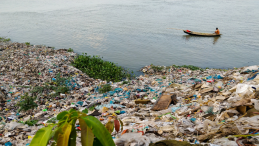RICHMOND HILL, Canada - 25 August 2025 — Wildfires are putting more lives at risk than ever before. A new research led by the United Nations University, Institute for Water, Environment and Health (UNU-INWEH) scientists finds that the number of humans directly exposed to wildland wildfires increased by 40% within the first two decades of the 21st century. The study published in Science reports at least 2,500 deaths and 10,500 injuries directly from wildfires in this period, and more than 1.5 million smoke-related deaths each year. Despite limited coverage in global media, Africa accounted for 85% of those exposed.
The authors note that global media headlines often highlight fires in North America, Europe, and Oceania, even though these regions account for less than 2.5% of total exposure, reflecting a lack of attention to where the risks are greatest.
“We are surprised by the disproportionate impacts of wildfires on humans in Africa. We knew that around 65% of global burned area occurs there, but their 85% share of human exposure shows a pronounced impact that deserves more attention,” said Dr. Mojtaba Sadegh, Climate and Wildfire Analytics Lead at UNU-INWEH.
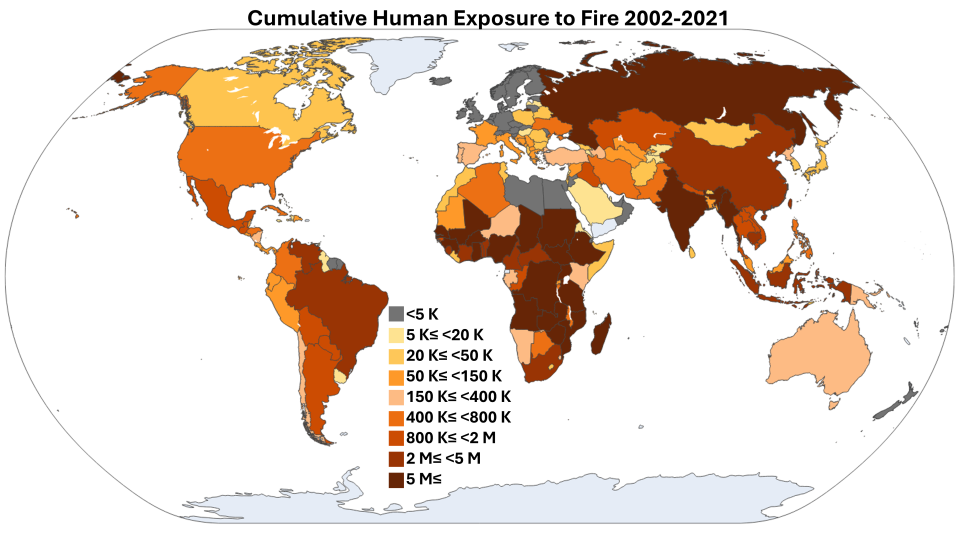
According to the study, climate change has acted as a catalyst, leading to more than 54% increase in extreme fire weather in fire-prone regions in 1979, longer fire seasons, and increased night-time flammability.
Human activity has added further risks. Changes in land use have altered vegetation in many areas, making landscapes more flammable. Nonetheless, the study shows that the total burned area globally has declined.
“While the human exposure to fires is rising, we saw that burned land is shrinking by 26%,” said Professor Amir AghaKouchak, co-author of the study and the Water, Climate and Infrastructure Risk Lead at UNU-INWEH. “In Africa, farming has broken up large grasslands into smaller fields, which stops fires from spreading as widely but also puts more villages and farms closer to fire-prone land. In the Americas, invasive plants have fueled bigger and more frequent wildfires, showing how human actions can change fire risks in very different ways.”
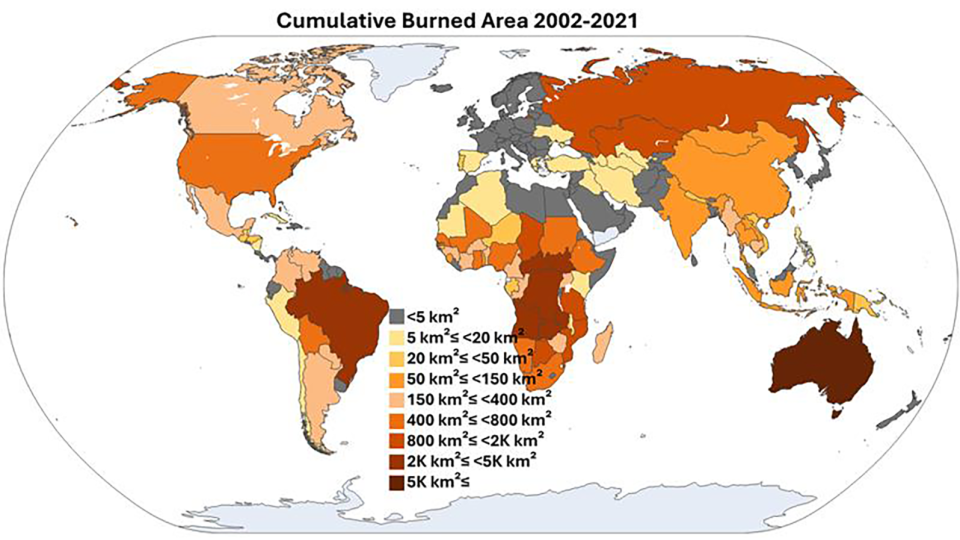
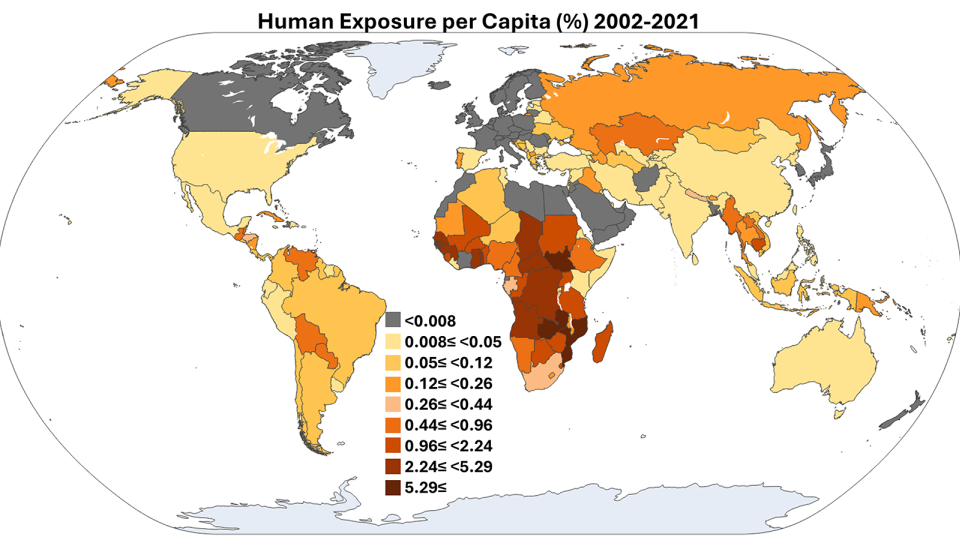
The authors stress that addressing wildfire risks requires more than tracking burned areas; it calls for strengthening resilience in the regions most exposed to fire, particularly Africa, where the majority of exposures to wildland fires occur. They point to the need for improved fire management strategies tailored to local contexts, investments in fire-resilient infrastructure, and policies that address the growing overlap of human settlements and fire-prone landscapes. By combining these measures with global efforts to curb climate change, the study concludes, societies can better protect vulnerable populations and mitigate the escalating human toll of wildland fires.
“Wildfires are no longer seasonal or regional anomalies; they have become a global crisis, intensified by rising heatwaves, worsening droughts, and drastic land use changes,” said Professor Kaveh Madani, Director of UNU-INWEH, “but instead of stepping up to confront this threat, some of the world’s biggest economies are rolling back protections, leaving vulnerable regions and communities to shoulder the heaviest burden.”
Key Findings:
- Human exposure to wildland fires increased 40% (2002–2021) despite a 26% decline in burned area.
- 440 million people were exposed to wildland fires globally, with 85% of exposures in Africa.
- Climate change caused a >54% increase in extreme fire weather (1979–2022).
- Nearly 50% of the world’s population lives in the wildland–urban interface (WUI), which covers only 4.7% of land.
- In the United States, 84% of wildfires are started by individuals, and in Mediterranean Europe the figure is over 90%.
Read the publication:
Seyd Teymoor Seydi , John T. Abatzoglou , Matthew W. Jones, Crystal A. Kolden, Gabriel Filippelli , Matthew D. Hurteau, Amir AghaKouchak, Charles H. Luce , Chiyuan Miao, Mojtaba Sadegh, (2025). Increasing global human exposure to wildland fires despite declining burned area, Science, 389 (6762): 826-829, DOI: 10.1126/science.adu6408
Media Contacts:
Kyra Bowman, UNU Head of Communications, bowman@unu.edu
Shooka Bidarian, Media and Journalism Fellow, Sustainability and Climate, shooka.bidarian@unu.edu
Available for Interview:
Dr. Mojtaba Sadegh - Lead, Climate and Wildfire Analytics, UNU-INWEH - mojtaba.sadegh@unu.edu
Prof. Amir AghaKouchak - Lead, Water, Climate and Infrastructure Risk, UNU-INWEH - amir.aghakouchak@unu.edu
Prof. Kaveh Madani - Director, UNU-INWEH - madani@unu.edu

